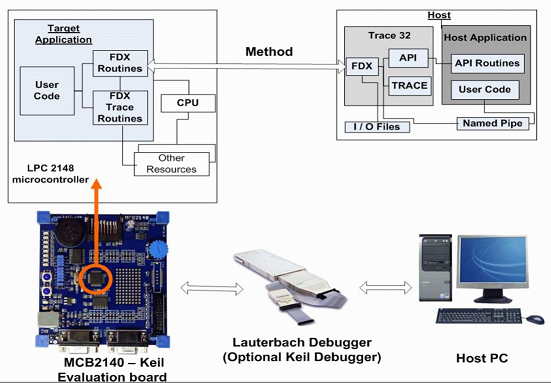Main content
Top content
| Project name: | Development of a backannotation solution for modeling in UML |
| Short name: | UML Target Animation |
| Duration: | 2009 - 2012 |
| Funding: | BMWi / ZIM and DAAD (STIBET) |
| Cooperation: | University of Applied Sciences Osnabrueck, Willert Software Tools GmbH (Brueckeburg, Germany), BTC Embedded Systems AG (Oldenburg, Germany), University of Osnabrueck (Germany) |
| Keywords: | Embedded Software Engineering, Modeling and Testing of Real-time Systems, Target Animation, Design-Level-Debugging |
| Short description: | The project aims at novelties in the area of embedded software engineering. This refers to improvements in the software development for embedded systems with limited resources (e.g. memory, performance), with required deterministic reaction time (real-time behavior) as well as with required minimal energy consumption. Due to these requirements embedded software is typically developed in the programming language ANSI-C. A new development in this domain is the usage of the graphical modeling language UML (Unified Modeling Language) in addition. This allows to visualize program structures and the program design and to provide a more comprehensible program representation. From UML models the C-code may be generated automatically. In the project we use existing UML tools for embedded systems like, for instance, IBM Rational Rhapsody and Willert Embedded UML Studio. Besides the development on the UML level and the code generation the project aims at quality aspects. The project will enable to perform the debugging and testing activities to find errors in the embedded system on the design level (using UML models), as well, instead of on the code level. All testing and time analysis results have to be driven by and presented on the UML model level with minimal influence on the run-time behavior. |


